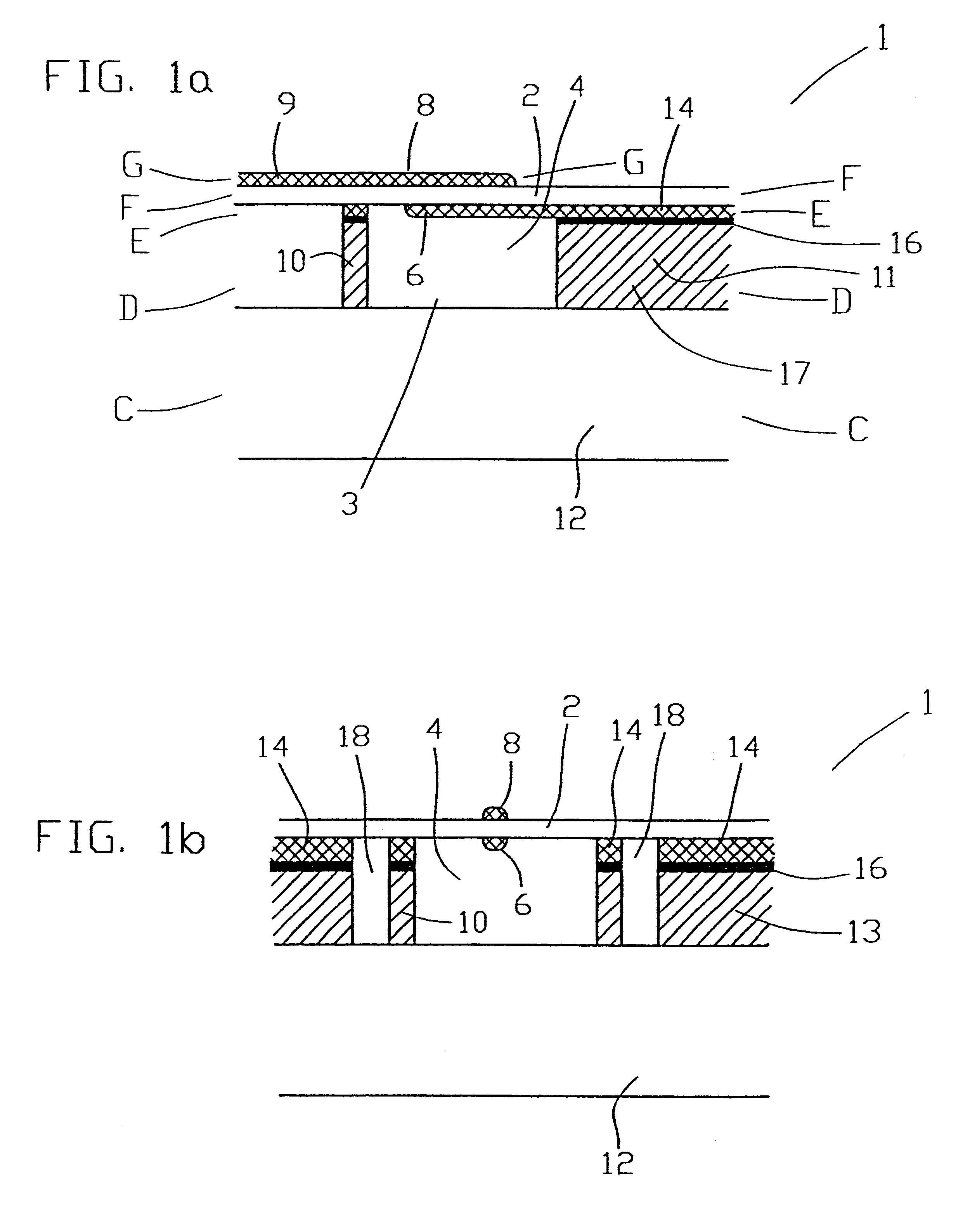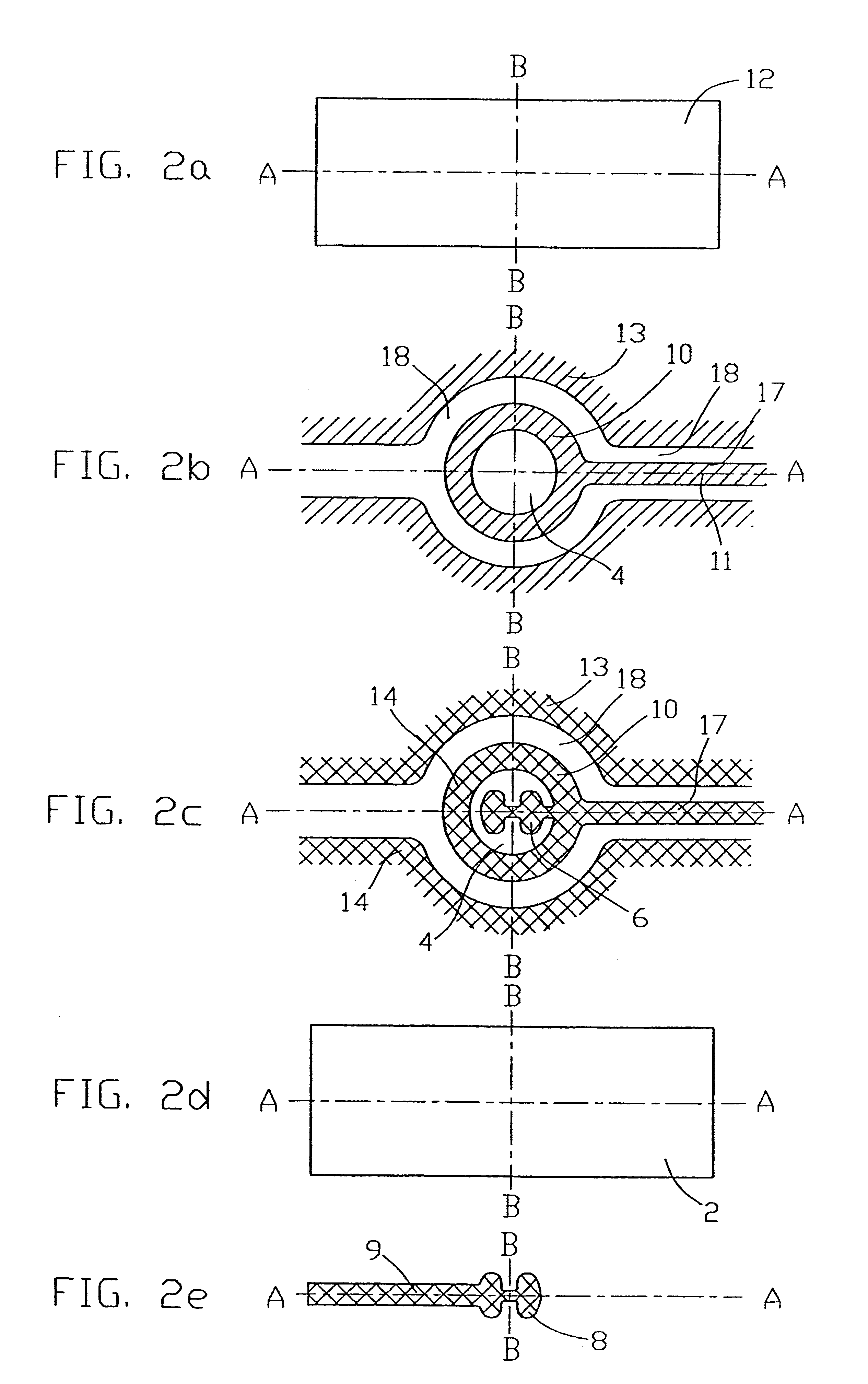System and method for monitoring pressure, flow and constriction parameters of plumbing and blood vessels
a technology of pressure monitoring and flow, applied in the field of system and method for monitoring pressure, can solve problems such as invasive methods, diagnostic and plumbing installations, and their invasiveness
- Summary
- Abstract
- Description
- Claims
- Application Information
AI Technical Summary
Benefits of technology
Problems solved by technology
Method used
Image
Examples
example 1
Effects of Constrictions on the Properties of Pulsatile Flow of Liquids in Elastic Vessels--Theoretical Considerations
Blood flow in the arteries is pulsatile. Blood is ejected from the left ventricle of the heart into the aorta, and the entire vascular system, in sharp pulses. The pulsatile nature of the flow manifests as sharp, periodic fluctuations in the instantaneous blood pressure, as well as in the flow velocity along the arteries.
When a blood vessel is obstructed, the flow rate through the vessel decreases. When this occurs in a coronary artery, ischemia of the heart muscle can result.
The purpose of the following series of experiments is to determine whether and to what degree the degree of constriction of a blood vessel can be determined from instantaneous pressure measurements at various points along its length.
In these experiments a coronary artery was modeled by a flexible latex tube, and the properties of a pulsatile flow of water through constrictions formed in the tube...
example 2
Experimental Protocol
The experimental system used herein is described in FIG. 11. It is based on a computer-controlled electrical valve, which connects via a pipe a high water reservoir to a lower-pressure system. As depicted in FIG. 11, it thus includes two water tanks 200 and 202, connected therebetween via a pipe 204. A computer-controlled electrical valve 206 is implemented on pipe 204, as well as two proximate pressure sensors 208a and 208b. Locations of proximal, midpoint and distal constrictions are indicated by 210a, 210b and 210c.
The electric valve is an on-off, normally closed solenoid-operated valve. It requires a 12V 1A DC power source, which is supplied by a commercial power supply. It is controlled by a custom-build control box, which contains a relay operated from a TTL 5V external control signal, as well as various switches and indicators. The valve opens quite rapidly, taking no more than 10-15 msec to open completely. Closure is slower, and the valve takes roughly ...
example 3
Experimental Procedure The experiment itself is divided into 3 runs as follows:
Run A--Proximal constrictions.
In this run constrictions are placed proximal (upstream) to the sensor assembly.
Run B--Midway constrictions.
In this run constrictions are placed in the middle between the pairs of sensors.
Run C--Distal constrictions.
In this run constrictions are placed distal (downstream) from the sensor assembly.
The experimental procedure for each of the runs is as follows:
Perform a measurement for an open constriction. This is the baseline for comparison.
Perform a measurement for constriction diameters 3, 2.5, 2, 1.5, 1, 0.5 mm. Save the two narrowest openings for last, as they are the most difficult to perform.
A measurement consists of the following steps:
Fit the desired constriction at the proper place.
Open the taps to let water flow through the constriction. Make sure that all the air bubbles come out. This is rather difficult to do for the 0.5 mm constriction, and possibly for the 1 mm ...
PUM
 Login to View More
Login to View More Abstract
Description
Claims
Application Information
 Login to View More
Login to View More - R&D
- Intellectual Property
- Life Sciences
- Materials
- Tech Scout
- Unparalleled Data Quality
- Higher Quality Content
- 60% Fewer Hallucinations
Browse by: Latest US Patents, China's latest patents, Technical Efficacy Thesaurus, Application Domain, Technology Topic, Popular Technical Reports.
© 2025 PatSnap. All rights reserved.Legal|Privacy policy|Modern Slavery Act Transparency Statement|Sitemap|About US| Contact US: help@patsnap.com



